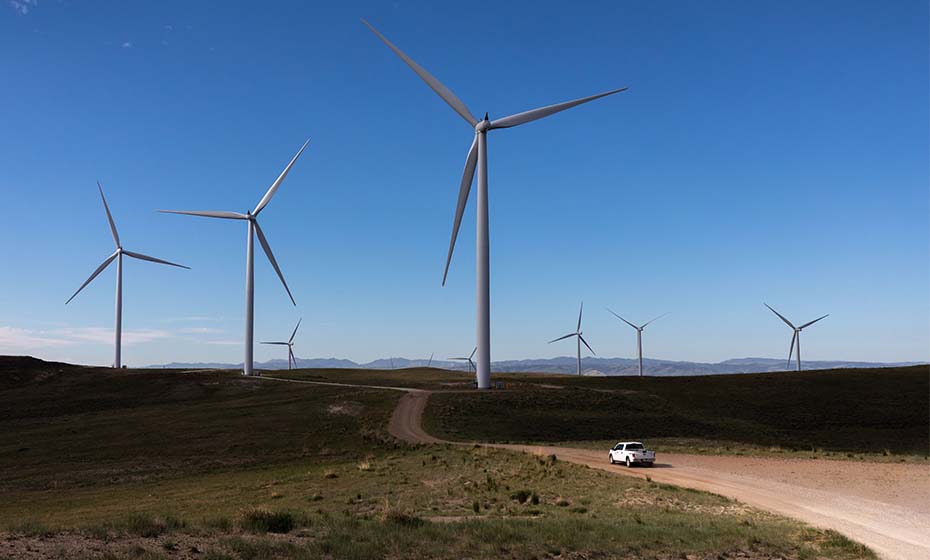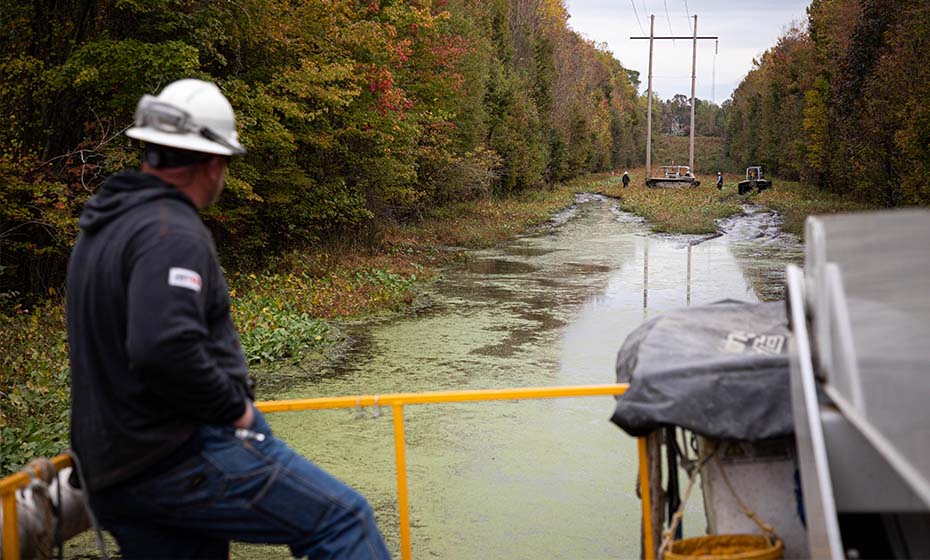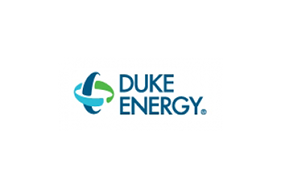Duke Energy Grows Renewables by 20 Percent in 2021
ESG Report shows progress on mission to reach net-zero carbon emissions
Published 05-05-22
Submitted by Duke Energy

By Jessica Wells
Duke Energy is leading the nation’s largest clean energy transition, and its ESG Report released on April 26 shows how the company has increased solar and wind capacity by 20 percent in 2021 and reduced carbon emissions by 44 percent since 2005.
By 2030, the company aims to reduce carbon emissions by at least 50 percent. By 2050, the company plans to reach net-zero carbon emissions by generating at least half of its electricity from carbon-free sources like nuclear, hydroelectric and a growing portfolio of solar, wind and batteries and new technologies.

The ESG Report (formerly Sustainability Report) is the company’s 16th annual disclosure on environment, social and governance (ESG) topics.
“Our ESG strategy is focused on how we create value while at the same time mitigate the risks associated with our business,” said Katherine Neebe, Duke Energy’s chief sustainability officer and president, Duke Energy Foundation. “As we lead the most ambitious clean energy transition in our industry, we will continue to track and report our progress.”

Find the ESG Report here to learn more about how Duke Energy is generating cleaner energy, reducing emissions, supporting diversity and serving its customers. Below, meet some of the Duke Energy teammates who support the company’s ESG themes to make the nation’s largest clean energy transition possible.

Justice, Equity and Inclusion
- Power plant workers embrace change as industry adds renewable energy - Duke Energy employees in Midwest learn new skills in solar operations as industry invests in renewables, retires coal.
- This team helps customers find energy bill assistance - A team started during the pandemic provides personalized energy counseling to the most vulnerable customers.
- All about renewable energy - This series about solar, wind and batteries explains how Duke Energy will integrate these zero-carbon energy sources as the company moves toward net-zero carbon emissions by 2050.
- How scholarships support a diverse pipeline of nuclear engineers - Duke Energy grant helps S.C. State University prepare students for careers in carbon-free energy.
Climate Resiliency
- How Duke Energy is using technology to save eagles at a Wyoming wind site - As Duke Energy builds more wind projects, it’s also looking for ways to lessen its impact on wildlife. The company is using IdentiFlight, a system of cameras and artificial intelligence, to shut down turbines when golden and bald eagles approach.
- Duke Energy uses giant floating vehicles to upgrade power poles in swamps - Storms are expected to be more frequent and severe, so Duke Energy is focused on strengthening the grid by upgrading poles and power lines, installing barriers around substations in flood-prone areas of the Carolinas and installing self-healing technology to avoid and shorten outages.
- 30 years and millions of fish later, he’s still finding ways to help Florida - Eric Latimer raised and released nearly 5 million fish and crustaceans along the west coast of Florida where Duke Energy has power plants and customers. Now, he plans to restock waters statewide.
Vibrant Economies
- How Duke Energy finds new life for old power poles - As part of its sustainability programs, the company recycles or repurposes 90 percent of the 25,000 tons of wood waste produced annually.
- He took a step forward for the chance of a lifetime - How this nonprofit supported by Duke Energy puts young people on the path to good-paying tech jobs.
- Toyota’s EV battery plant will bring jobs, boost North Carolina’s economy - Duke Energy economic development worked with officials for years to prepare the Greensboro-Randolph Megasite that landed Toyota to create 1,750 jobs.
Employees, Customers and Communities
- Native American employees share culture, deepen connections - New employee resource group at Duke Energy promotes inclusivity, raises awareness.
- One way to solve food insecurity: healthy food distribution programs - How a Duke Energy initiative in South Carolina supports fresh food options.
- Focus on diversity in Orlando area will boot grassroots groups - United Arts of Central Florida will use a Duke Energy grant to help small arts organizations.

Duke Energy
Duke Energy
Duke Energy (NYSE: DUK), a Fortune 150 company headquartered in Charlotte, N.C., is one of America’s largest energy holding companies. The company’s electric utilities serve 8.4 million customers in North Carolina, South Carolina, Florida, Indiana, Ohio and Kentucky, and collectively own 54,800 megawatts of energy capacity. Its natural gas utilities serve 1.7 million customers in North Carolina, South Carolina, Tennessee, Ohio and Kentucky.
Duke Energy is executing an ambitious energy transition, keeping customer reliability and value at the forefront as it builds a smarter energy future. The company is investing in major electric grid upgrades and cleaner generation, including natural gas, nuclear, renewables and energy storage.
More information is available at duke-energy.com and the Duke Energy News Center. Follow Duke Energy on X, LinkedIn, Instagram and Facebook, and visit illumination for stories about the people and innovations powering our energy transition.
More from Duke Energy

